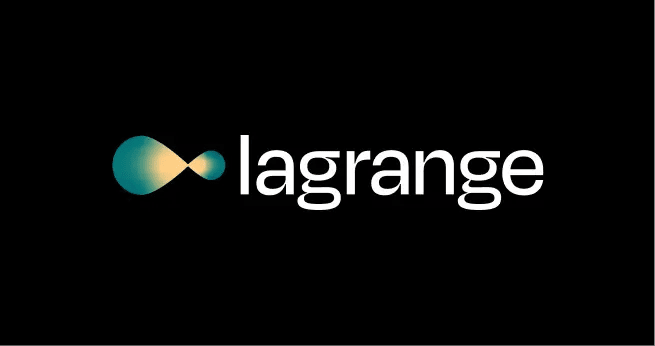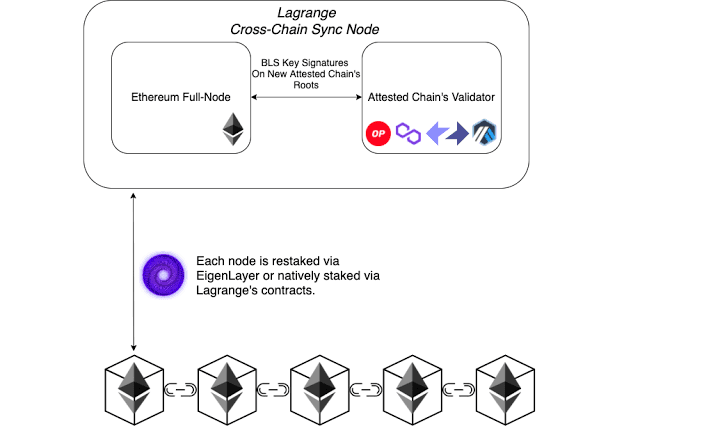
Imagine you want to prove something happened, like you've done a huge calculation correctly, but you don't want to show all your work. You just want to show a small, undeniable "proof" that you got it right. That's what "Zero-Knowledge Proofs" (ZK proofs) do in the world of blockchain. They let you prove something without revealing the actual details behind it. This is super useful for privacy and making blockchains faster. Many projects and teams continuously trying to build ZK powered application and solutions to make things great. But there are also Some Problem with ZK proofs.
While ZK proofs are amazing, creating them is like doing incredibly complex math problems. It takes a lot of computer power and time. Right now, this "math homework" often gets done by a few powerful computers in a centralized way. This isn't ideal because:
Firstly, It can be slow and expensive. If only a few places can do this hard work, it creates bottlenecks and drives up costs.
Secondly, It's not truly decentralized. If one company or group controls the proof-making, it goes against the core idea of decentralized blockchain. What if they decide to stop, or censor certain proofs?
❍ How Lagrange Tackling the Situation?
@Lagrange Official steps in to solve this by building a special network where many different computers can work together to create ZK proofs. Think of it like a giant, decentralized "ZK Prover Network" for ZK proofs. Here's how it works in simpler terms:

"Proof Request": When a blockchain application (like a fast crypto exchange or a privacy-focused game) needs a ZK proof, it sends a request to the Lagrange network. It's like asking the math club to solve a problem.
"Provers" Get to Work: Instead of one big computer, many different computers, called "Provers," are ready to tackle these math problems. These provers are run by different people or organizations around the world. They use powerful hardware, like special graphics cards (GPUs), that are really good at this kind of math.
Divide and Solve: For really big problems, Lagrange can break them down into smaller pieces. Each "Prover" then works on a part of the problem at the same time. This is like a team of math whizzes dividing up a huge homework assignment to finish it much faster.
Putting it All Together: Once each Prover finishes their part, Lagrange helps put all the small proof pieces back together into one tiny, verifiable proof. This final proof is so small that it can be easily checked by a blockchain, confirming the original big calculation was correct without revealing the details.
Earning Rewards: The Provers who do this work get paid in Lagrange's own digital token ($LA token). This encourages more people to join the network and offer their computing power, making the network stronger and more efficient.
❍ Benefits of Lagrange
Faster and Cheaper Blockchains: By offloading the heavy ZK proof generation to a decentralized network, regular blockchains can become much faster and handle way more transactions at a lower cost. Imagine faster payments and smoother online games.
More Private Apps: ZK proofs are great for privacy. For example, you can prove you meet a certain age requirement without revealing your exact birthdate. Lagrange makes it easier for developers to build these private applications.
Better Communication Between Blockchains: Different blockchains often struggle to "talk" to each other. Lagrange can act as a bridge, creating proofs that allow information to flow securely and privately between different blockchain networks. This is like having a universal translator for blockchains



